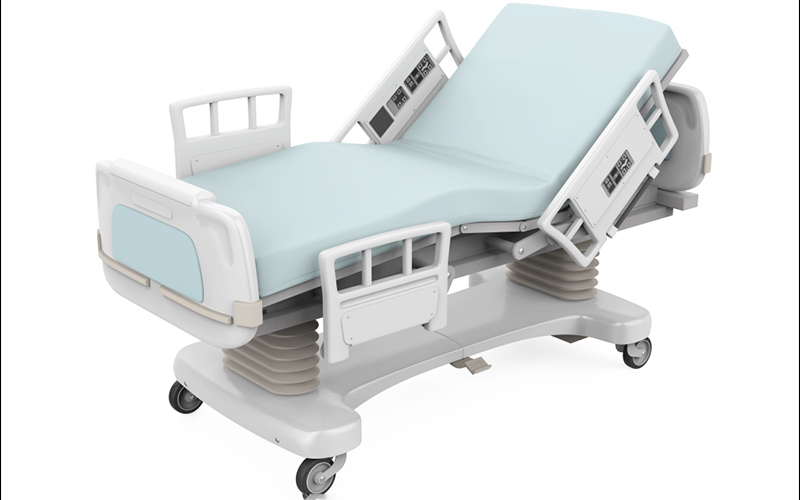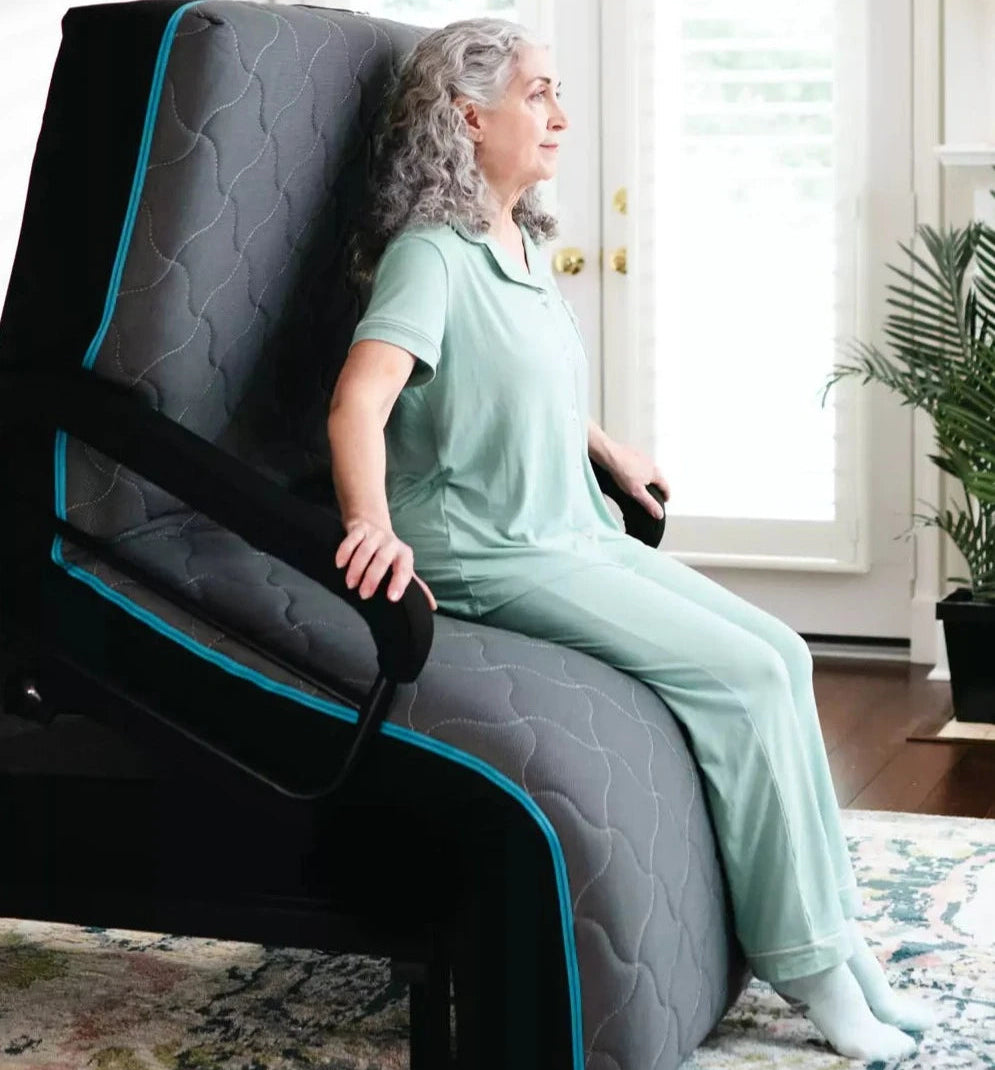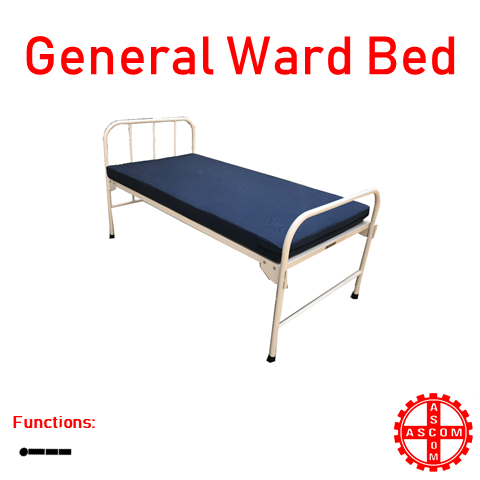The Best Strategy To Use For Hospital Beds For Home Use
Table of ContentsSee This Report on Hospital Beds For Home UseUnknown Facts About Hospital Beds For Home UseHow Hospital Beds For Home Use can Save You Time, Stress, and Money.Indicators on Hospital Beds For Home Use You Need To KnowHospital Beds For Home Use for BeginnersThe Best Guide To Hospital Beds For Home UseAn Unbiased View of Hospital Beds For Home Use
Next off, we will certainly explore the attributes, uses, and Pros and Disadvantages of each type of hospital bed in depth. A hands-on medical facility bed is the many standard kind of hospital bed, and all change functions are achieved via a hand-cranked gadget.These hand-cranked devices are usually set up at the foot or side of the bed, and the caregiver or patient can readjust the height or tilt angle of the bed by drinking the take care of. Considering that no electric components are needed, are usually less costly than electric healthcare facility beds, suitable for medical institutions or family members with restricted spending plans.
What Does Hospital Beds For Home Use Do?
For people that require to adjust their position or height frequently, manual beds may not be practical enough because each change calls for manual operation. If the bed needs to be readjusted often, nursing team may need to spend even more physical strength to operate the hand-cranked device - hospital beds for home use. Manual beds are usually suitable for patients in the recuperation duration or events with low nursing needs
Usually, the adjustment of the back and legs is controlled by electrical motors, while the general height modification still needs to be done by hand. The function of this layout is to minimize costs and power consumption while maintaining high operational convenience. Contrasted with manual medical facility beds, semi-electric hospital beds are extra practical in adjusting the back and legs, specifically for clients that require to readjust their pose frequently.
Since just some features rely on electricity, semi-electric health center beds take in much less power during use. Since the total elevation still needs to be readjusted manually, it may not be as hassle-free as fully electrical medical facility beds for people who need to adjust the bed height frequently. Compared to hand-operated healthcare facility beds, semi-electric hospital beds are somewhat a lot more complex to run, calling for customers to understand the mix of electrical and manual operations.
Electric health center beds have high adjustment precision and can be precisely adapted to a specific angle and height according to the requirements of clients to supply the most comfy support. All-electric healthcare facility beds are usually geared up with a variety of extra functions, such as built-in scales, bed mattress pressure modification, etc, to meet the special requirements of different clients.
The Ultimate Guide To Hospital Beds For Home Use
A reduced bed is a particularly designed health center bed that can be adjusted to a really reduced level, normally just a few inches from the ground. The objective of this style is to minimize the threat of patients falling from the bed, particularly for clients that go to risk of dropping, such as the senior or individuals with restricted wheelchair.

The Ultimate Guide To Hospital Beds For Home Use
give a care environment appropriate for children's elevation and body shape, enhancing the convenience and safety and security of children. Some pediatric beds are additionally geared up with brightly colored bed rails or anime decorations to minimize the concern of children in the medical facility atmosphere. For youngsters that need to remain in bed for a very long time, pediatric beds are usually geared up with anti-bedsore bed mattress, adjustable bed rails and other functions to provide comprehensive treatment assistance.
The delivery bed is additionally furnished with postpartum recovery features, such as mattress modification, bed heating, etc, to help official site mothers recoup much faster. The intensive treatment bed (ICU Bed) is designed for the extensive care system (ICU) and has comprehensive tracking and nursing functions. This sort of bed is typically geared up with interfaces for a selection of monitoring devices, which can keep track of the person's essential signs in live, such as heart price, high blood pressure, respiration, etc.
About Hospital Beds For Home Use
The extensive treatment bed has a fully electric adjustment feature, which can quickly adjust the angle and position of the bed to satisfy the needs of different therapies and care. The style of ICU bed considers the demand of rescue operation. The bed can be rapidly gotten used to the most ideal rescue posture and cooperate with using rescue devices.
It can effectively isolate clients from the outdoors and decrease the danger of infection transmission. Seclusion beds are typically equipped with special bed curtains or sealing covers and connected to air purification systems to maintain the air around the bed clean. Isolation beds are specifically developed to protect against the spread of microorganisms from infectious individuals and secure the safety of various other clients and clinical personnel.
Seclusion beds are outfitted with air filtration systems that can filter bacteria and particulate issue in the air to keep the air around the bed clean. Can additionally be adjusted to different settings.
Get This Report on Hospital Beds For Home Use
Broader and sturdier than a basic bed. Obese, obesity, client sizeDesigned for individuals at risk of falling out of bed. Lower to the ground than a conventional bed.

In basics a health care setup, picking the appropriate bed can not just improve the effectiveness of treatment, yet additionally dramatically enhance individual comfort and security. By comprehending the types and usages of these beds, medical care facilities and family caretakers can better support and look after their individuals.
5 Simple Techniques For Hospital Beds For Home Use
HomeCare Health Center Beds, a department of DiaMedical USA, is committed to offering complete transparency for its consumers. Individuals can be overwhelmed by the different options in long term care products, and HomeCare Health center Beds is dedicated to streamlining this procedure, while guaranteeing consumers get the information and assistance they require.
Medicare Component B (Medical Insurance) covers health center beds as durable clinical tools (DME) that your medical professional suggests for use in your home. After you fulfill the Component B deductible you pay 20% of the Medicare-approved quantity (if your supplier approves assignment). Medicare try this website pays for different kinds of DME in various ways.
